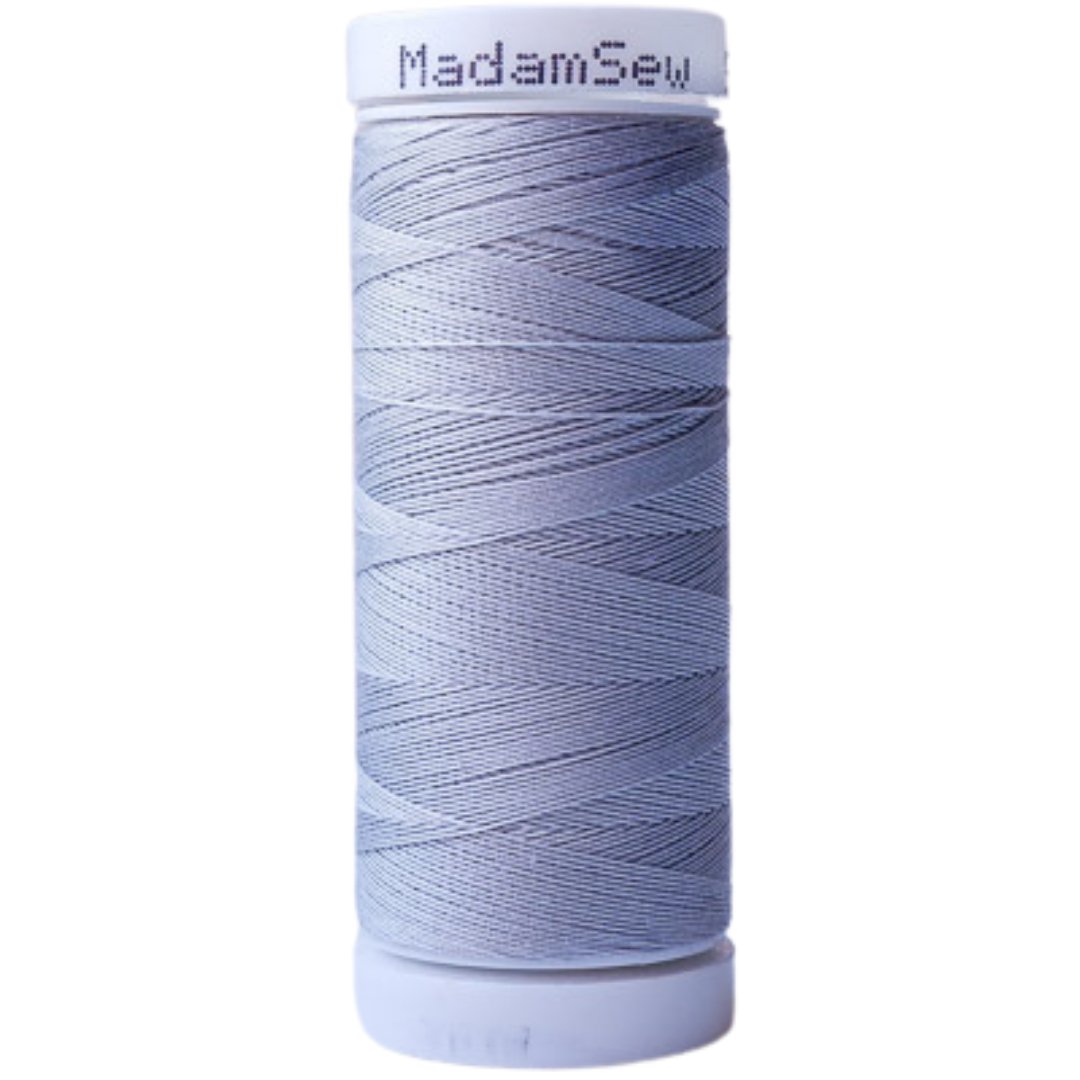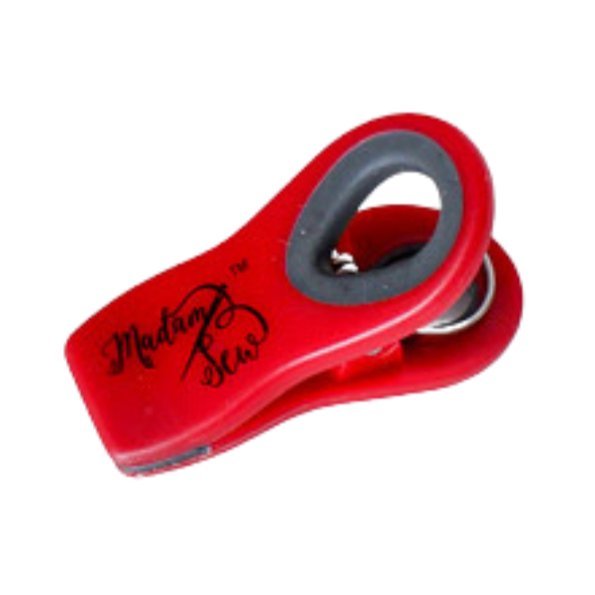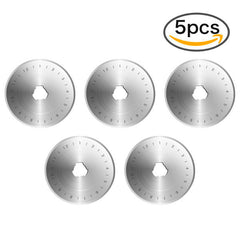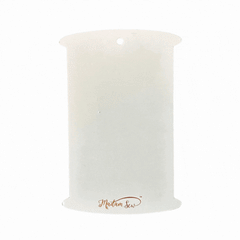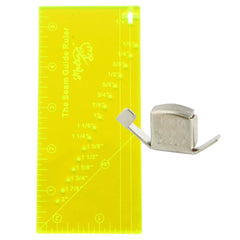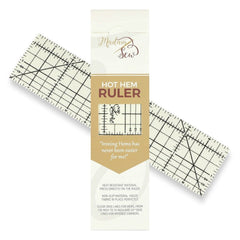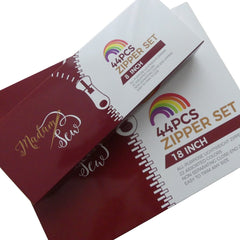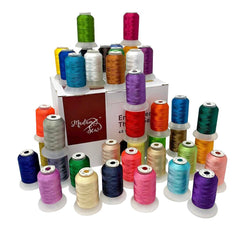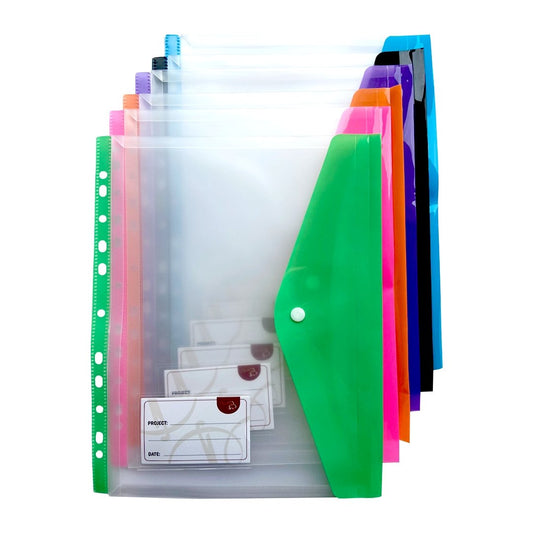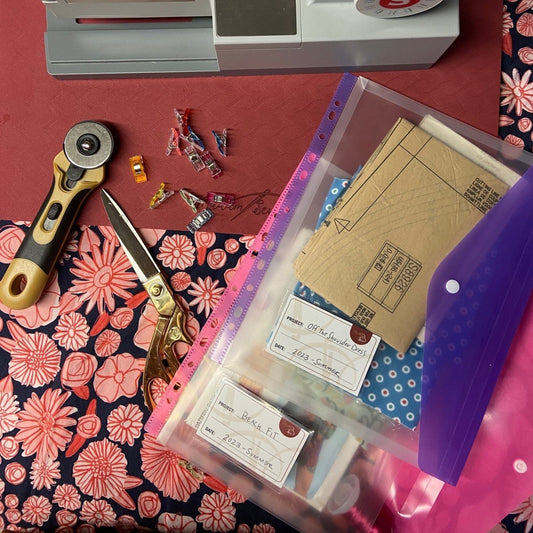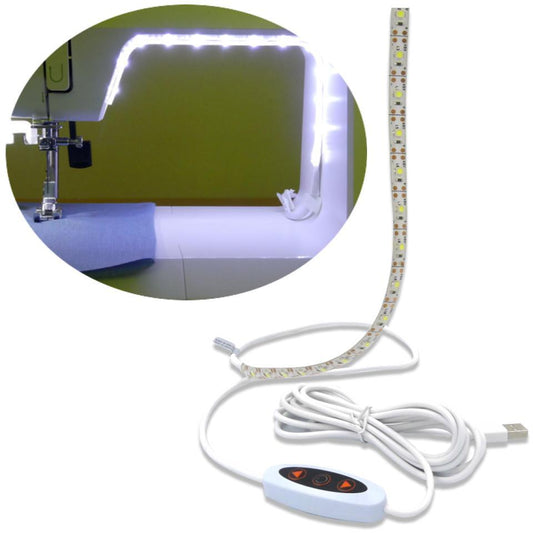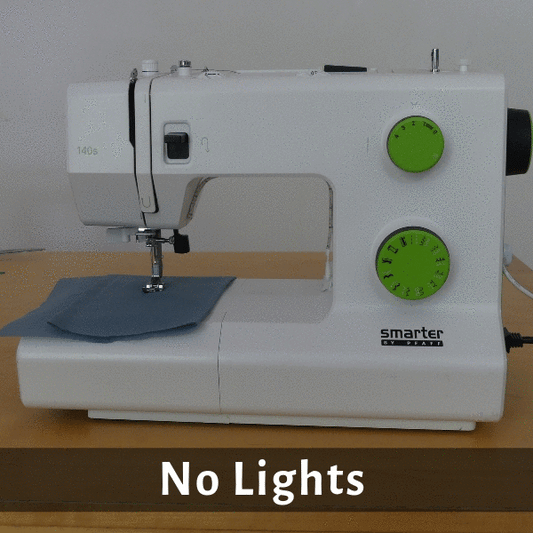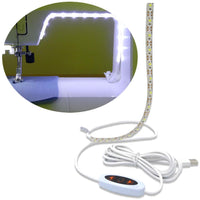Bookmark this page: madamsew.com/pages/pfs-dm so you can easily find your way back here!
IMPORTANT NOTE ON OPENING THE BOX
Please pay attention when opening the box. It should go gently. When you feel you have pull hard to open the clips, then put the box down and start over.
When opening a clip, make sure to push the lid and box together. You can do that by taking it in your hands (left and middle picture) or by putting the set over the edge of a table and pushing the lid down with your hand while opening the clip with the other hand.
TWO OPTIONS: USE ONLINE OR PRINT
You have two options to work with this digital manual:
-
Download (and print): download a pdf version of this digital manual, print it out and use the printed version to have it at hand wherever you want. You will need a mobile device with a QR-Code Reader to access the video's and tutorials. If that QR-code thing sounds intimidating, don't worry we will guide you through the steps on the download page. (Click the link to go to the download page)Go to the download page with this link: Digital Manual Download (Click the link to go to the download page)
Use Online Version: use it online, right here. Open this webpage on your web browser from any device and find your way to the presser foot you want to learn about with the content menu below.
ONLINE MANUAL CONTENTS
SHARE YOUR CREATIONS
We love seeing what you create! Share your photos on instagram with the hashtag #Madamsew32 or email them to us at hello@madamsew.com
LEAVE US A REVIEW!
Give us some love.
We would be very grateful if you would take a minute to review your purchase by clicking one of buttons below. We use this information to continue to improve our products and make our customer's experience the best we can deliver! If there is any reason that you wouldn't rate this as a 5-star experience, please let us know right away at hello@madamsew.com and we'll do what we can to make it right.
I. What's in the box
To help you get started as soon as possible, in addition to the feet themselves you also receive a 12 page booklet explaining each foot and how they can be used. Each foot is numbered on the insert, in the graphic above and throughout the manual to keep things simple.
All Madam Sew videos for the 32 Piece set will include the position of the foot within the box as a guide.
II. How to attach the feet to your machine
Changing the Presser Foot
VIDEO DEMO: Changing Your Sewing Machine Feet
Removing a presser foot: Raise both the needle and the presser foot lever. The way to remove the presser foot depends on the brand of machine you have. Sometimes it snaps off, but with most machines you have to push a button or lever on the presser foot holder. Consult your machine’s user manual to find the way to remove the presser foot.
Attaching a presser foot: Place the bar of the presser foot to align under the holder (2). Gently lower the presser foot lever so the presser foot bar (3) slides into the shank (2) in the presser foot holder (1). You may have to try a couple of times before it snaps in. If your presser foot holder has a lever or button for release, it may be necessary to pull/press it to facilitate snap-on.
Remember to be gentle with this process, no forcing is needed when the bar is correctly aligned.
The presser foot holder can look different on your machine, this picture is from a Brother sewing machine.
Using the Bonus Low Shank Snap On Adapter
If you have a low shank machine but no snap-on feet the Bonus adapter is for you. Use the bonus low shank snap on adapter to give the ability to use all the feet in this collection.
Step 1: attach the bonus adapter (B) to your machine’s shank (A) with the holding screw (C).
Step 2-3: place the presser foot under the bonus adapter, lower the presser foot lever so the presser foot bar (F) snaps into the opening in the bonus adapter (E)
Step 4: push the red button (D) at the back of the bonus adapter to release the presser foot from the adapter
Attaching the screw on feet in this set
Bernina Adapter - Optional Extra
III. Description and use of each foot
1. Invisible Zipper Foot
- Place the zipper coils in the groove, upside down, and set your machine needle in the center position.
- Your fabric should be right side up with the raw edge of the fabric aligning with the edge of the zipper fabric.
- Slowly, begin stitching; the foot will place the stitching very close to the zipper coils. When you reach the bottom, the foot will not allow you to sew past the zipper pull. Stop, back stitch, and remove from machine.
- Repeat on the opposite side, with a new section of fabric again face up and aligning the raw edges.
- Press open as you would with any regular seam.
You cannot see the zipper against the fabric when the zipper is closed. To practice this technique, get an invisible zipper and a Madam Sew invisible zipper foot. Cut two pieces of fabric 6″ longer than the zipper and 5″ wide. Set your machine on the longest stitch setting and practice. Rip out, and try again. After 2-3 times, you will have it down.
INFO PAGE: How to Use the invisible zipper foot
2. Applique Foot
3. Satin Stitch Foot
4. Open Toe Foot
5. Cording Foot
6. Straight Stitch Foot
7. Roller Foot
8. Blind Stitch Foot/Blind Hem foot
VIDEO DEMO: How To Blind Hem Trousers
9. Braiding Foot
10. 1/4" Quilting Foot
11. Beading Foot
12. Standard Zig-Zag Foot
13. Non-Stick Foot
14. Darning Foot
15. Piping Foot
16. 9-Groove Pintuck Foot
17. 1/4" Quilting Foot with Guide
Similar to the ¼” quilting foot but with a guide built in at the right side. Possibly of more use for an inexperienced quilter who needs that added reassurance the fabric is not slipping away and ting a wonky seam as you sew.
I always use this foot if I am in a rush or working on a jelly roll race quilt as it takes away a level of thinking allowing me to concentrate on feeding the fabric though smoothly.
BLOG POST: Quilting Foot or Patchwork Foot
18. Gathering Foot
19. Knit Foot
20. Adjustable Zipper Foot
21. Fringe Foot
22. 5-Groove Pintuck Foot
23. Darning Foot
24. Stitch Guide Foot/Presser Foot with a Ruler
25. 5 Hole Cording Foot/26. 7 Hole Cording Foot
27. Edge Joining Foot/Stitch-in-the-Ditch Foot
28. Overcast Foot
29. Open Toe Foot
30. Rolled Hem Foot/ 31. Flat Hem Foot
32. Adjustable Bias Binder Foot
The main fabric being bound is fed into the center groove of the foot from the left, creating a binding sandwich.











































